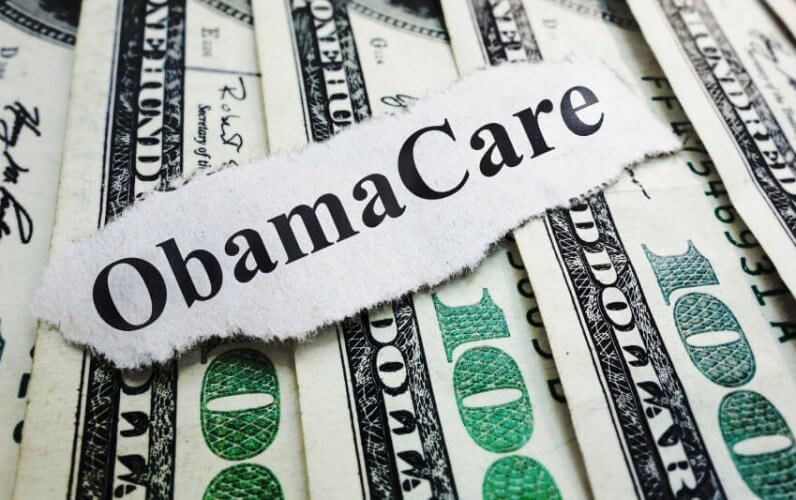
Obamacare and its plans involving more than $1 trillion in new taxes, has its sights set on your paycheck. And these taxes aren’t just affecting wage-earners who make over $250,000. The majority of these taxes are targeting the middle class seeking out healthcare insurance.
Although these “hidden taxes” were created to be taxes on businesses, they’re actually transferred directly to regular citizens. In addition, they include a Medicare payroll tax, the investment income surtax, as well as a “tanning tax” on individual who use indoor tanning services. Ultimately, many of those hidden taxes which target medical device manufacturers, insurance carriers and hospitals and will result in higher health costs.
According to a Kaiser/HRET Survey, over the past 15 years, the cost of employer provided health care has gone up almost four times faster than wages.
The full impact of Obamacare will affect large employers (more than 50 full-time equivalent employees) in 2015 and small employers in 2016. Employers who provide limited insurance or no health insurance to employees making below-average wages, may be greatly affected, as well as their employees.
Obamacare (Affordable Care Act) facts
- Average premiums for employer-sponsored family health insurance coverage increased from $13,375 in 2009 to $16,834 in 2014 (an increase of 4.7%).
- This is more than double the annual increase in earnings per [full time equivalent] worker (2.2%) during the same period.
- More than one-third of all workers now enrolled in health insurance plans have a deductible of $2,000 or higher.
- For the majority of the 85% of Americans with health insurance the percentage of income paid in taxes won’t change much, if at all. However, some of the changes may directly or indirectly affect specific groups.
- Starting in 2014, there are 13 new Obamacare taxes and regulations.
- These include the individual mandate, a higher “insurance industry fee” driving up premiums, and
- a 3.5% monthly fee on policy premiums purchased on the federal exchange.
- Obamacare will cost the average American nearly an additional $6,000 in 2014 (analyst estimates).
- Many of those that receive subsidies and tax credits to help pay for insurance through the subsidized exchange will have to pay taxes on those benefits.
- The average penalty for individuals who don’t adjust their subsidies for changing income levels will cost $857.
- The IRS received an extra $500 million to enforce the rules and regulations of Obamacare.
- 40% Excise Tax “Cadillac” on high-end Premium Health Insurance Plans 2018
- An annual $63 fee on all plans (decreased each year until 2017 when pre-existing conditions are eliminated) to help pay for insurance companies covering the costs of high-risk pools.
- Medicine Cabinet Tax
- Over the counter medicines no longer qualified as medical expenses for flexible spending accounts (FSAs), health reimbursement arrangements (HRAs), health savings accounts (HSAs), and Archer Medical Saving accounts (MSAs).
- Additional Tax on HSA/MSA Distributions
- Health savings account or an Archer medical savings account, penalties for spending money on non-qualified medical expenses. 10% to 20% in the case of a HSA and from 15% to 20% in the case of a MSA.
- Flexible Spending Account Cap 2013
- Contributions to FSAs are reduced to $2,500 from $5,000.
- Individual Mandate (the tax for not purchasing insurance if you can afford it) 2014
- Starting in 2014, anyone not buying “qualifying” health insurance must pay an income tax surtax at a rate of 1% or $95 in 2014 to 2.5% in 2016 on profitable income above the tax threshold.
Are you seeing a change in your paycheck for health insurance because of Obamacare? Do you think these taxes are fair? Feel free to share your thoughts in the comments section below.


